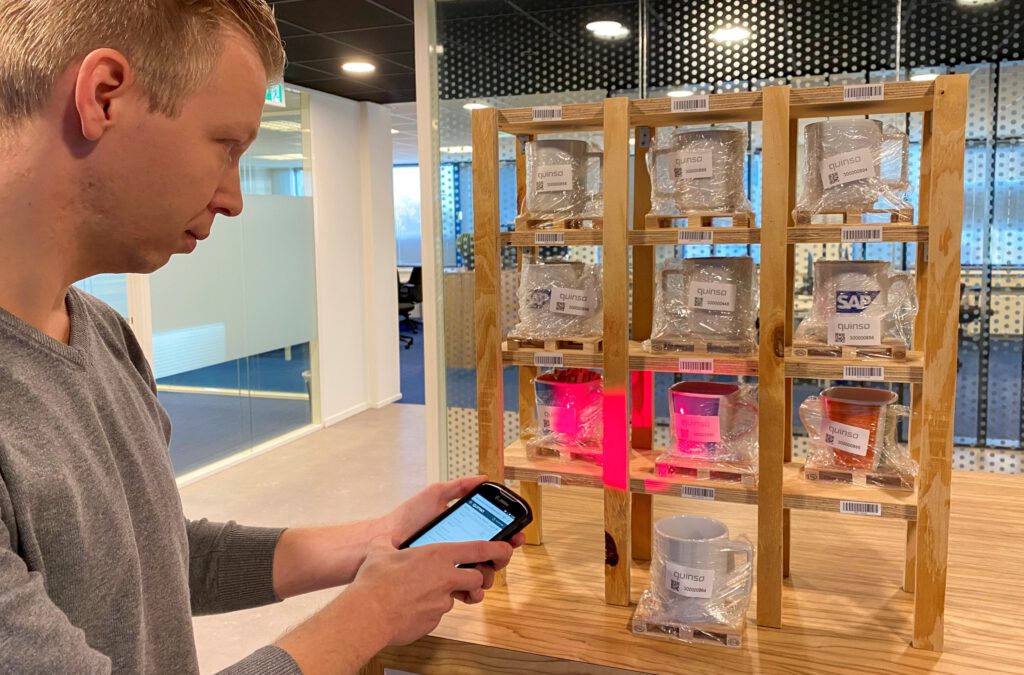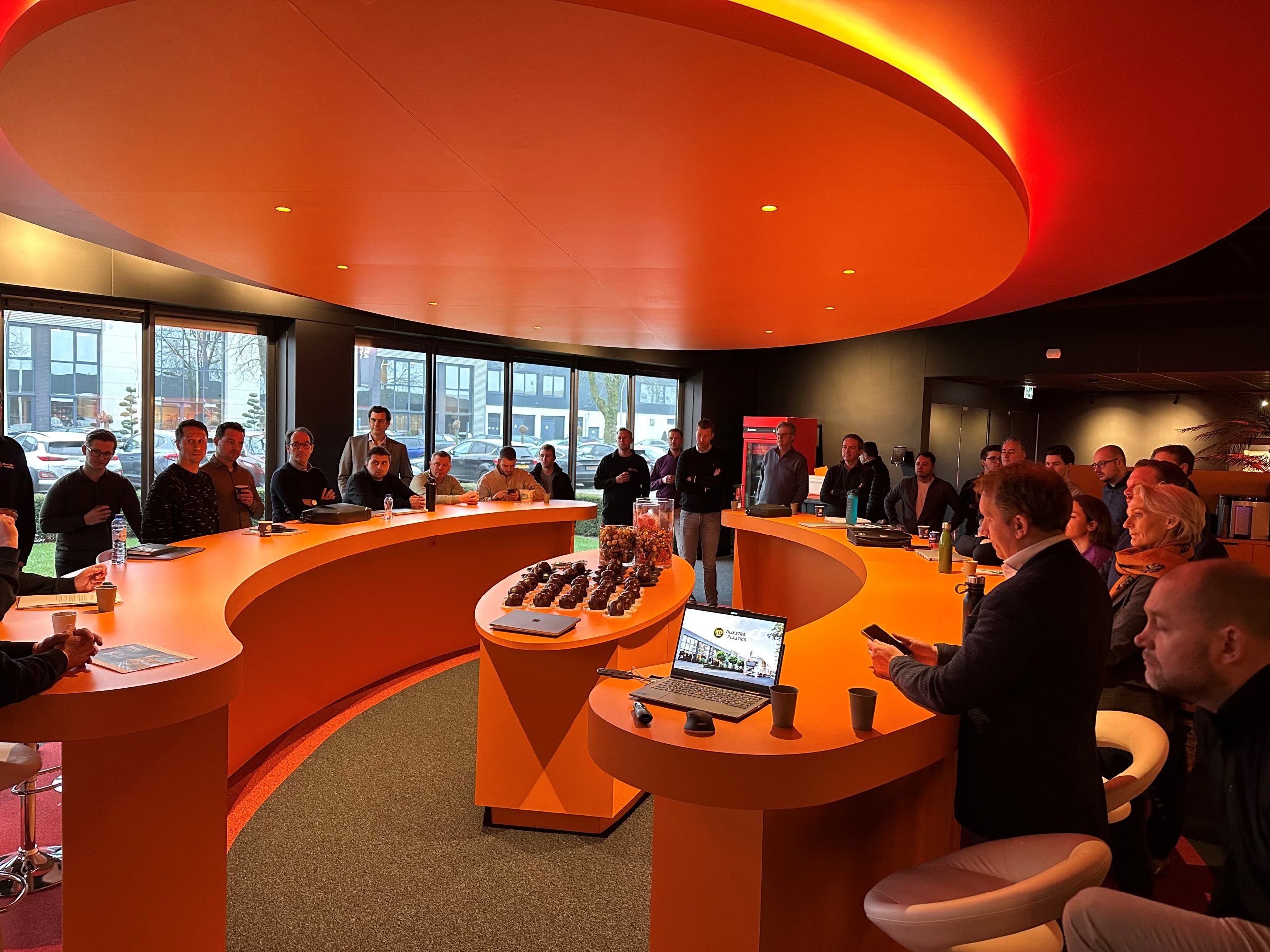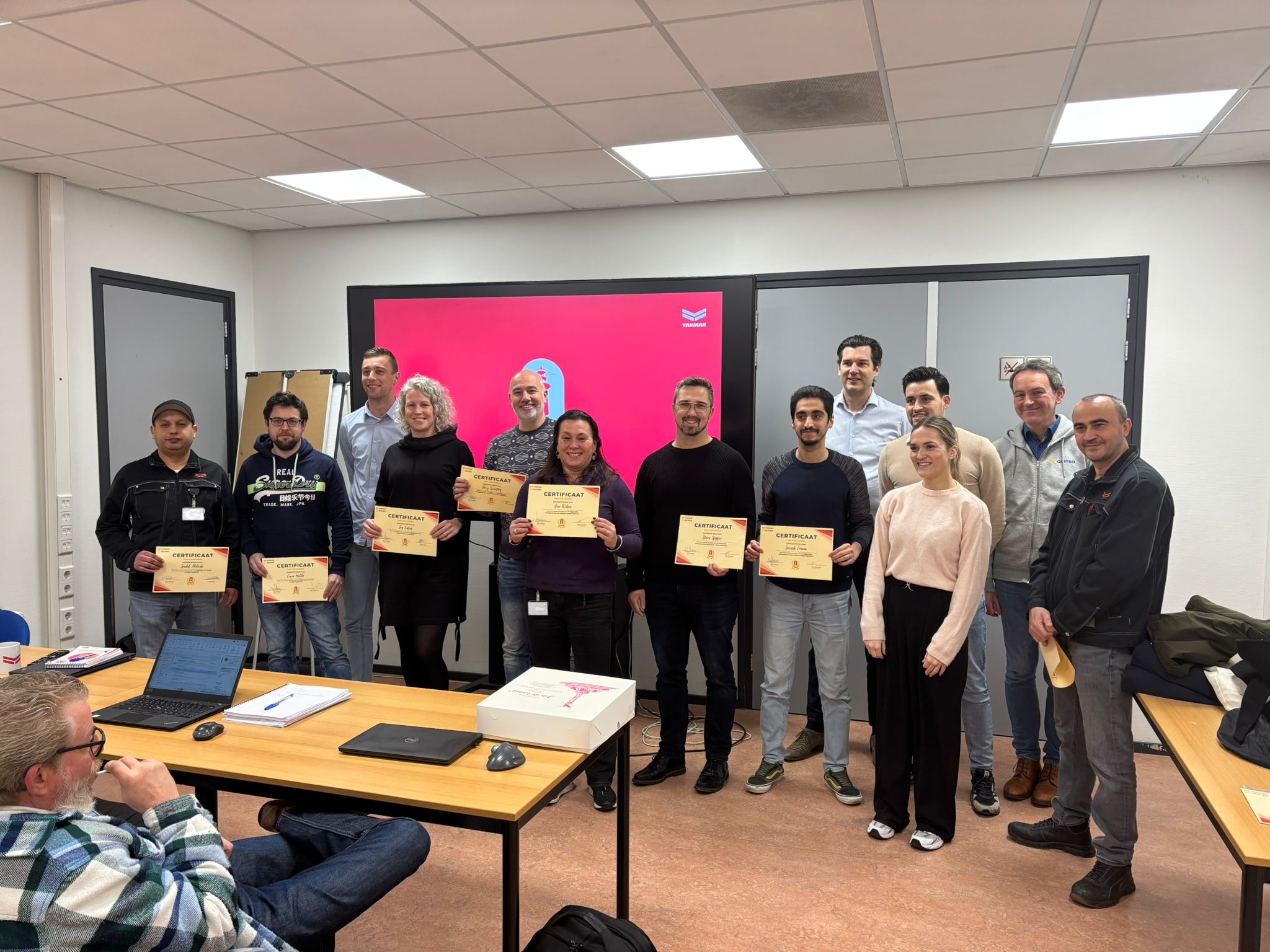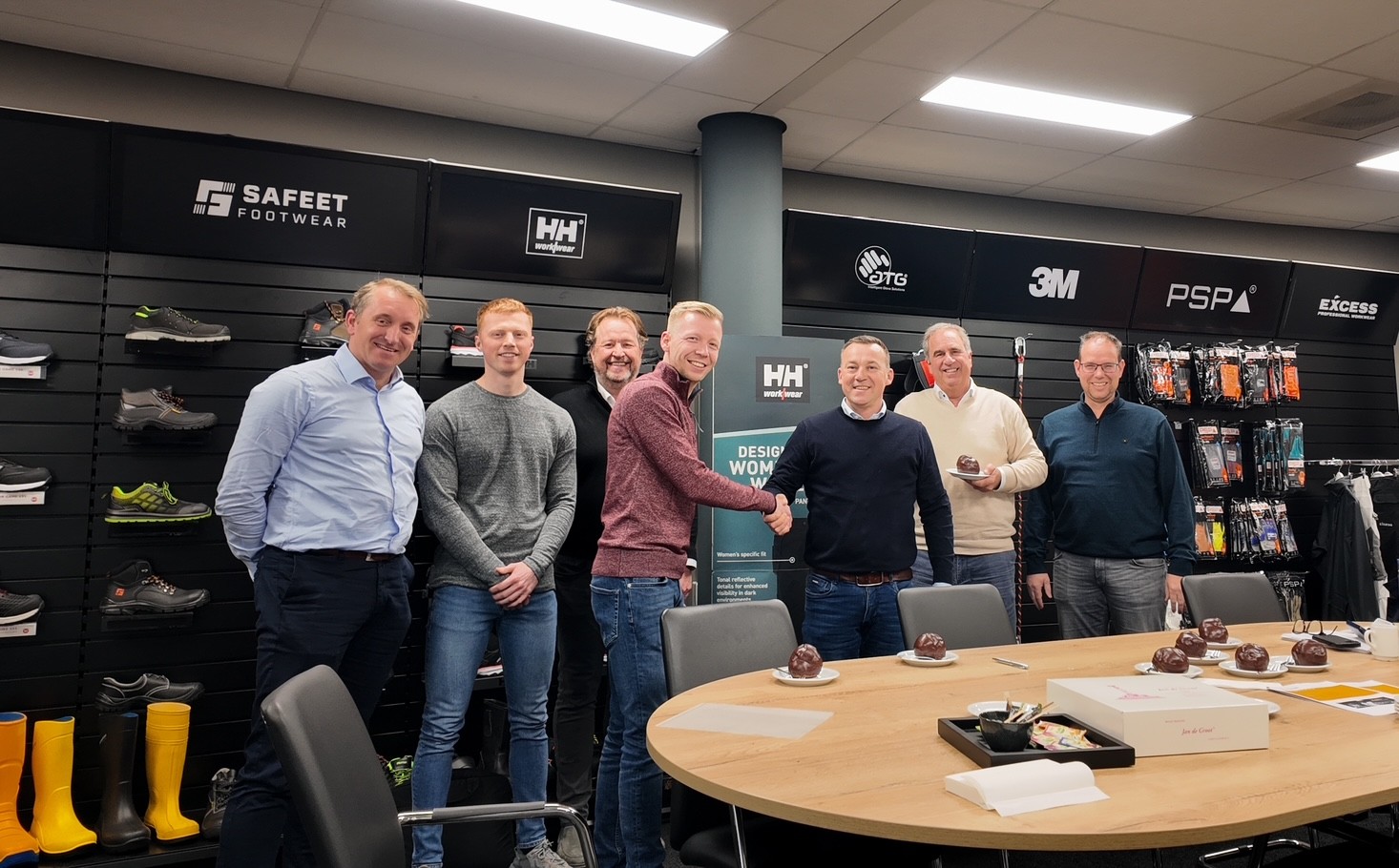Fast and accurate delivery of orders is not a nice-to-have in this day and age, but a must-have for customers. In this delivery process, warehouse employees are a crucial factor. They collect the products and make sure it gets to the customer on time. The easier that process is made for them, the more likely they are able to satisfy or even exceed customer expectations in this.

How it began
We are in the midst of implementing SAP S/4HANA Cloud at one of our customers, a provider of energy curing raw materials and engineering solutions. During this process, the warehouse manager expresses frustration that customers too often receive incorrect deliveries. The process of order picking and delivery has to be redone unnecessarily often. Surely it should be simple to get that right the first time. Without losing the speed in collecting the products.
Warehouse worker has lost his way
With the migration to the SAP S/4HANA cloud environment, this customer automatically gets a basic version of SAP Extended Warehouse Management (SAP EWM) at its disposal. This version offers ample opportunities to support a “standard” warehouse. It features a very complete Fiori dashboard with a range of data that makes it easy to manage the warehouse. So you would think: settled! And yet the warehouse worker often appears to be lost in the warehouse. Resulting in delays and errors.
Our approach
Together with the client, we went around the table. What are you missing? What are you running into? What is so complex? How can we make that easier? Together we go through many of the warehouse processes. To conclude that the problem is not in the availability of data, but in the quantity and therefore complexity of the data being offered.
From SAP EWM, all roles, warehouse employees and also direct colleagues on the shop floor, get to see the same type and amount of information. Much of it is irrelevant. This creates ballast. No matter how easy scanning products is, if you can’t find what you need to scan, the chances of making mistakes are still higher than they need to be.
The problem is clear, but now to the solution: user-friendly screens that show only what is relevant to a specific role or function. A challenging question, which we were happy to tackle.
Mobile Warehouse App
After analyzing the problem and solution, we started a feasibility study. Thus, based on the insights gained and our experience and knowledge, we arrived at a proof of concept (POC). This had to show whether the development of role-specific screens is feasible and whether they fit the perceptions of the intended users. And, of course, whether the new screens would solve the problem of not being able to find the relevant information quickly and easily. By hiding redundant information and showing only the information needed with a role or position.
The POC leads to a positive result and is received with enthusiasm: the Mobile Warehouse App is born! An app that makes scanning products in a warehouse a breeze. As easy as putting together your own burger at McDonald’s on the digital self-service screens. Just as easy as choosing your own apps on a smartphone. And most importantly: an app that fully meets our customer’s needs!
Usability
Developing role-specific apps or dashboards to increase usability as an add-on to the standard functionalities in SAP is not unknown territory for us. For example, to increase production in the manufacturing industry, we developed front-end dashboards as an add-on to SAP MII. Using SAP Analytics Cloud, these can be composed specifically for management. For another customer, a provider of power generation equipment and solutions, we created an app for service technicians through a user interface with SAP S/4HANA Cloud. An app that allows them to easily order equipment from location. And we implement ORBIS Logistics Apps at many of our customers as an add-on to a warehouse management system (WMS).
Quinso develops for you
From frustrations arise the most beautiful solutions. Many startups have been created this way and become very successful. Consider the birth of Ticketswap in 2012. Student Ober was broke and sold his Lowlands ticket. Through Facebook, he found a buyer who was afraid of being scammed. Therefore, she came to pick up the e-ticket at his home and paid via Internet banking. That got Ober thinking: why can’t this be completely digital, with no risk to either party. Ticketswap has since grown into a multi-million dollar company.
This is not our ambition. We develop for you! Using your frustration as a starting point, we build apps for you on the SAP Business Technology Platform, to increase usability and efficiency. Apps to grow your business.
We challenge you
What frustration in your supply chain are you running into? Want to spar about opportunities for improving your warehouse processes? Or increasing usability coupled with SAP solutions? Share it with me and I would be happy to discuss it with you. You can reach me at Mark.Kokkeler@quinso.com or 06 43 83 69 02. See you soon
Learn more about the solution? Watch the demo video below or check out the webpage: Mobile Warehouse App.
Or are you looking for more inspiration and opportunities to improve your warehouse processes? Then check out this topic page: Paperless Warehouse.
About Mark Kokkeler
Mark Kokkeler is a Senior consultant at Quinso and has more than 6 years of experience with SAP implementations. He has studied Business Economics and from that angle is much involved in improving business processes in the areas of logistics, sales & purchasing. In which SAP is used as a tool to make the processes run as smoothly as possible.



